Ever felt bloated or sluggish after eating bread or pasta? Gluten — a protein in wheat, barley, rye, and triticale — could be the reason. Eliminating gluten isn’t something everyone needs to do, but for people with celiac disease or non-celiac gluten sensitivity (NCGS), gluten can cause bloating, abdominal discomfort, diarrhea, inflammation, and even long-term intestinal damage.
If you need to go gluten-free, knowing exactly which foods to avoid is the first step. Here’s a gluten foods list — with hidden sources to watch out for — plus gluten-free alternatives so you can still enjoy delicious meals.
1. Flour — The biggest source of gluten in baking

Why it contains gluten: Wheat, rye, and barley flours are naturally high in gluten.
Examples:
- All-purpose flour
- Whole wheat flour
- Bread flour
- Self-rising flour
Hidden sources: Packaged spice mixes, roux-based sauces, and gravy thickeners.
Swap it for: Rice flour, chickpea flour, almond flour, or tapioca flour.
2. Bread and rolls — Everyday gluten sources
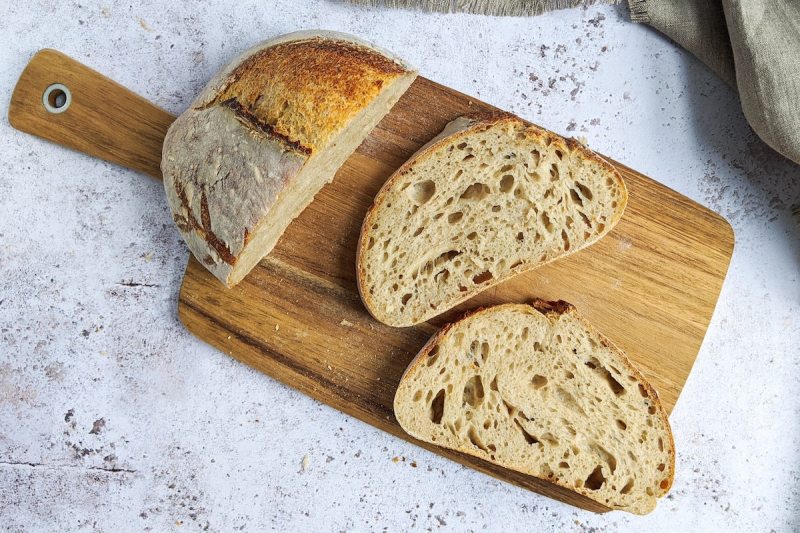
Why it contains gluten: Bread is made with wheat or rye flour, both gluten-rich grains.
Examples:
- White bread
- Rye bread
- Whole wheat bread
- Dinner rolls, pita bread, pizza crust
Hidden sources: Breadcrumbs in meatballs, stuffing in poultry.
Swap it for: Gluten-free bread made from rice, sorghum, or potato flour.
3. Bagels and doughnuts — Dense, chewy gluten bombs
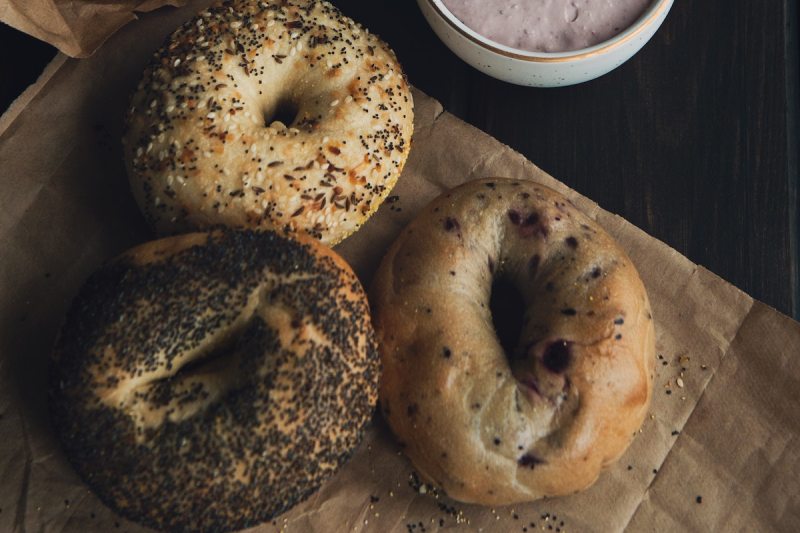
Why it contains gluten: Gluten gives bagels and doughnuts their structure and chew.
Swap it for: Gluten-free bagels made from brown rice flour or cassava flour.
4. Pasta, couscous, and other wheat-based grains
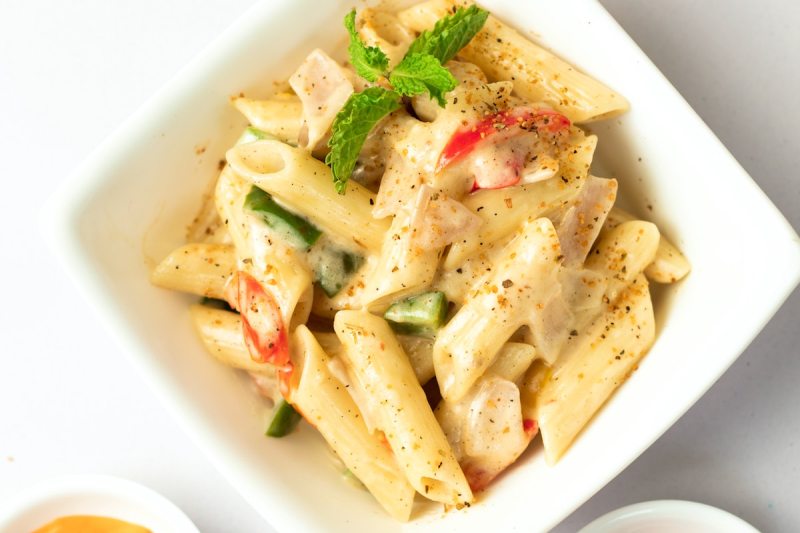
Why it contains gluten: Traditional pasta is made from semolina or wheat flour. Couscous is also wheat-based.
Examples:
- Spaghetti, fettuccine, macaroni
- Ravioli, lasagna, tortellini
- Couscous and bulgur
Hidden sources: Canned soups containing noodles.
Swap it for: Chickpea pasta, lentil pasta, rice noodles, corn pasta.
5. Crackers, cookies, and snack bars
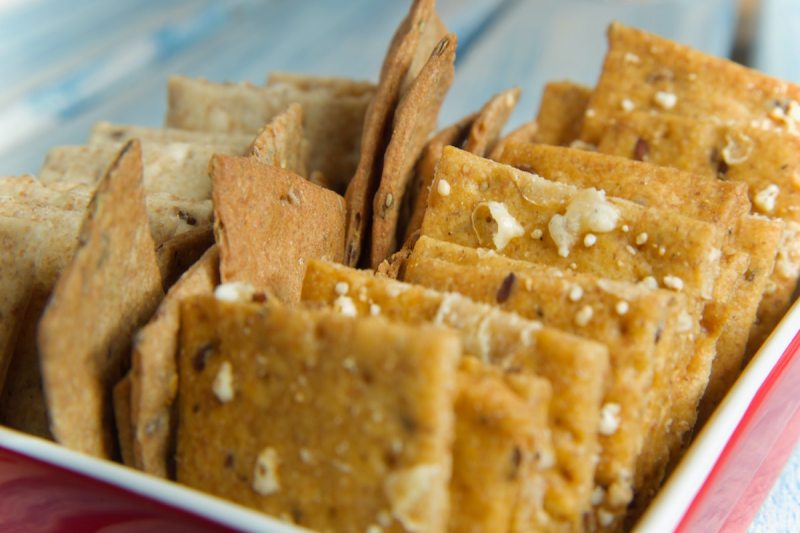
Why it contains gluten: Most snack products use wheat flour.
Examples:
- Graham crackers
- Pita chips
- Wheat-based granola bars
Hidden sources: Ice cream with cookie pieces, certain potato chips with wheat-based seasoning.
Swap it for: Gluten-free crackers made with almond or rice flour, gluten-free cookies, and other gluten-free snacks
6. Breakfast cereals — A morning gluten trap
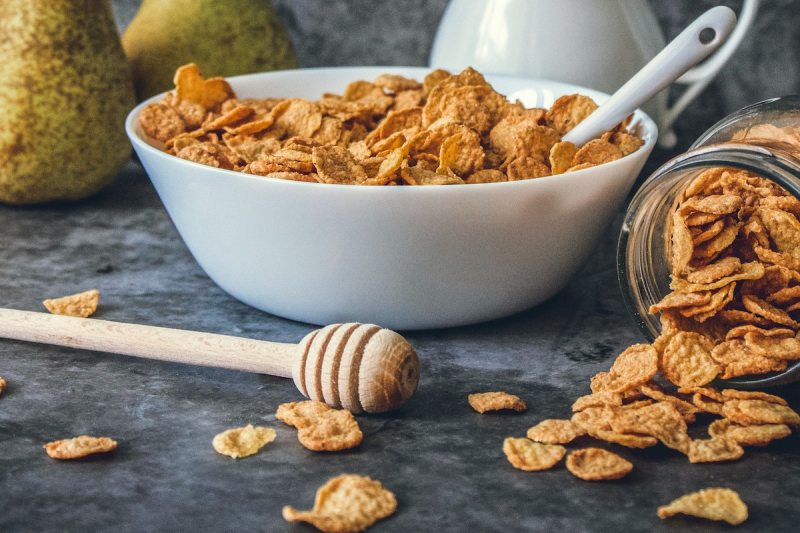
Why it contains gluten: Cereals with wheat, rye, or barley — including wheat germ and bran.
Hidden sources: Oats processed in facilities with wheat (unless labeled gluten-free).
Swap it for: Certified gluten-free oats, corn-based cereals, puffed rice cereals.
7. Pancakes, waffles, and crepes
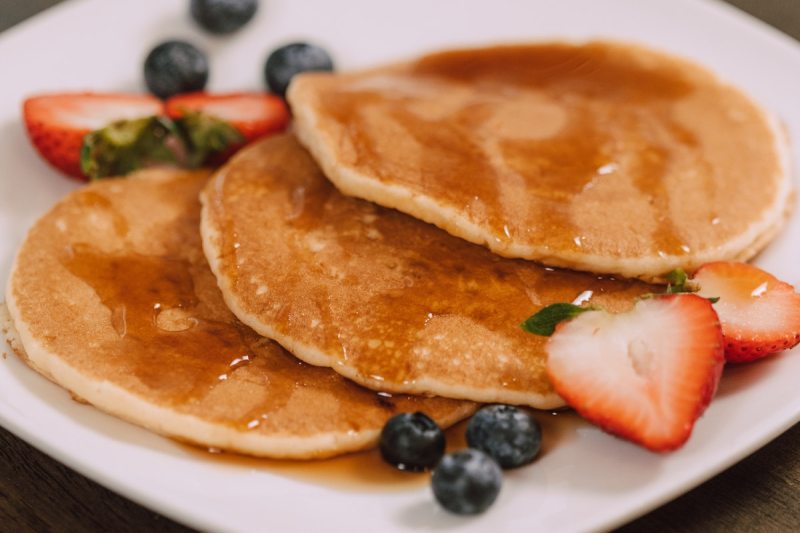
Why it contains gluten: Traditional batter is made from wheat flour.
Hidden sources: Pre-made mixes with wheat flour, pancake syrups containing malt extract.
Swap it for: Almond flour pancakes, protein pancakes made from bananas and eggs
8. Pastries, pies, cakes, and muffins
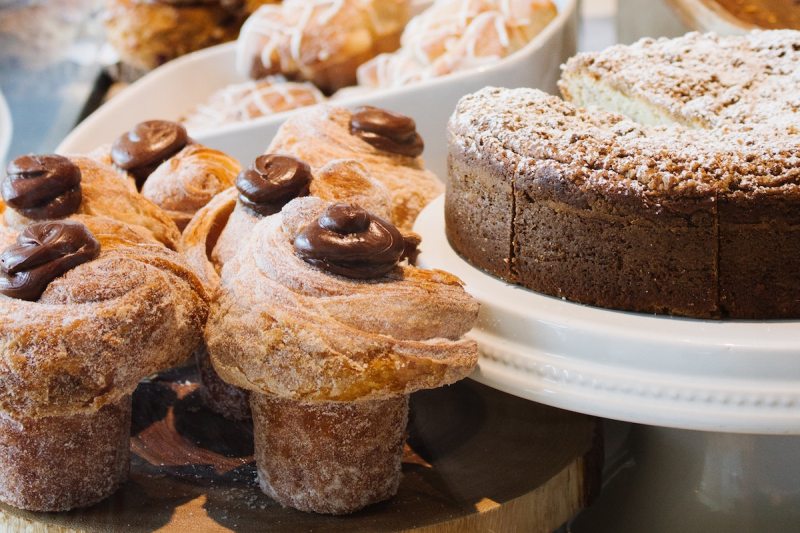
Why it contains gluten: All use wheat flour for structure.
Examples:
- Croissants
- Eclairs
- Brownies
- Cupcakes
Hidden sources: Toaster pastries, pre-made dessert crusts.
Swap it for: Gluten-free baking mixes or homemade recipes with almond flour or oat flour.
9. Seitan and vegan meat substitutes
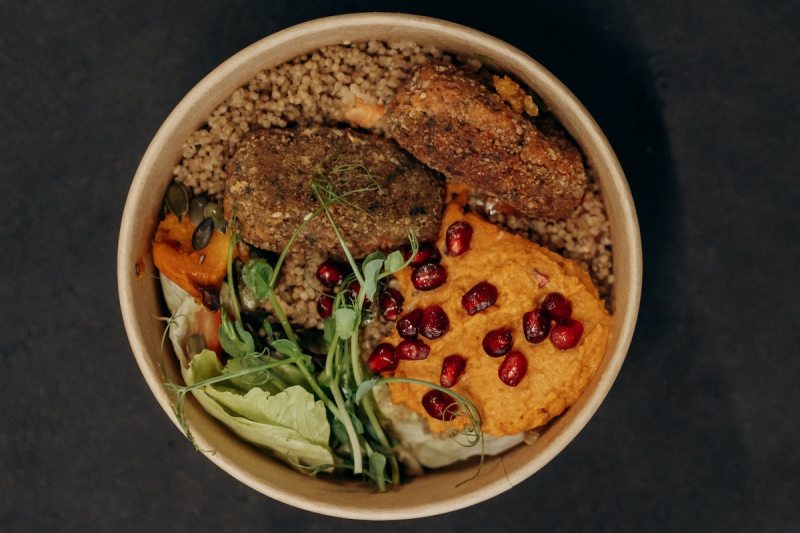
Why it contains gluten: Seitan is made almost entirely of gluten.
Examples:
- Vegan chicken nuggets
- Veggie burgers
- Vegan sausages
Hidden sources: Breaded fried foods (onion rings, certain French fries).
Swap it for: Tempeh, tofu, jackfruit, or mushroom-based meat substitutes.
10. Beer, ale, lager, and malted beverages
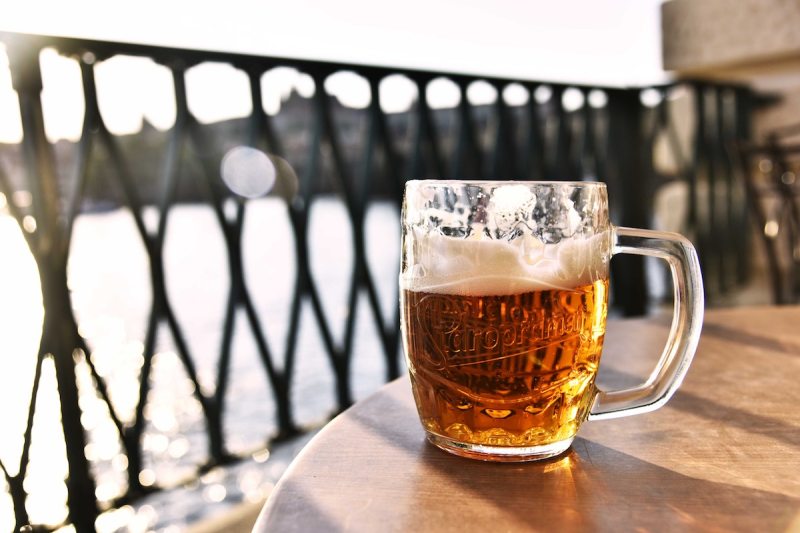
Why it contains gluten: Brewed from barley, wheat, or rye.
Hidden sources: Flavored alcoholic drinks with malt extract.
Swap it for: Hard cider, gluten-free beer, wine, distilled spirits (check labels).
11. Soy sauce, dressings, and condiments

Why it contains gluten: Many use wheat in the fermentation process.
Hidden sources: Some marinades, dips, malt vinegar.
Swap it for: Tamari (gluten-free soy sauce), most vinegar-based dressings.
Label reading tips

Understanding food labels enables you to make informed choices and select products suited to your dietary needs. When checking packaged foods, avoid ingredients like:
-
Wheat
-
Barley
-
Rye
-
Malt
-
Triticale
-
Durum
Quick guide: What you can eat on a gluten-free diet
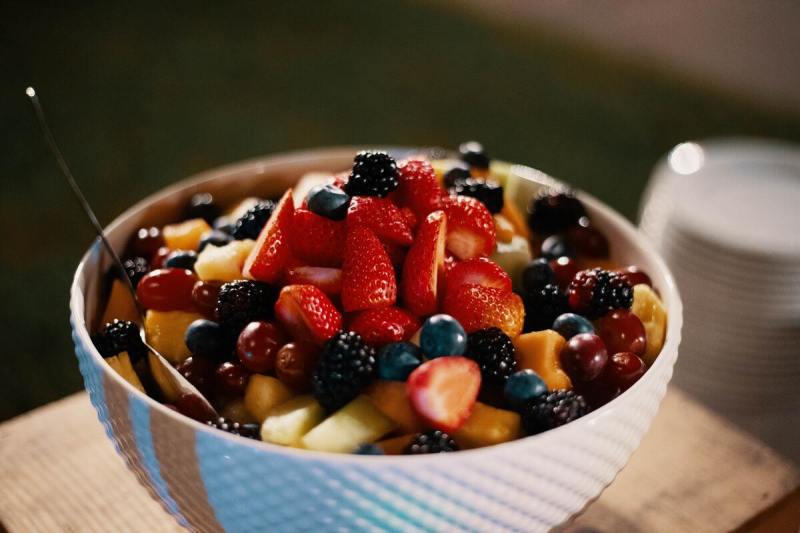
Now, you for sure know what you can’t eat, but what about what you can? Here is a list to use as a reference for what you can fill your shopping cart with.
Fruits and vegetables: All fresh fruits and vegetables are naturally gluten-free foods, so you can load up on these nutritious staples. Some healthy options include strawberries, blueberries, raspberries, bananas, apples, leafy greens, spinach, kale, broccoli, and carrots.
Protein sources: There are plenty of delicious and nutritious gluten-free protein sources to choose from, such as lean meats (chicken, beef, and turkey), fish and seafood (salmon, tuna, and shrimp), eggs, beans, lentils, legumes, tofu, and tempeh.
Gluten-free grains and starches: You don’t have to give up grains just because you’re on a gluten-free diet. There are several gluten-free grains and starches out there, such as quinoa, brown rice, millet, gluten-free oats (look for the GF label), corn, potatoes, and sweet potatoes.
Dairy: Most dairy products are naturally gluten-free options, so you can enjoy milk, yogurt, cheese, and other dairy products as part of your gluten-free diet. Just be sure to check the labels for any hidden gluten ingredients.
Nuts and seeds: Most nuts and seeds naturally have no gluten in them, which means you can enjoy a variety of them as a healthy snack or ingredient in meals. Here’s a good list of options:
- Almonds
- Brazil nuts
- Cashews
- Hazelnuts
- Macadamia nuts
- Pecans
- Pistachios
- Walnuts
- Chia seeds
- Flaxseeds
- Pumpkin seeds
- Sesame seeds
- Sunflower seeds
With the list of foods to avoid and foods to shop for, you can feel confident about what should be in your pantry and what shouldn’t. Good luck living a gluten-free life and enjoy the many foods out there that have zero gluten.




